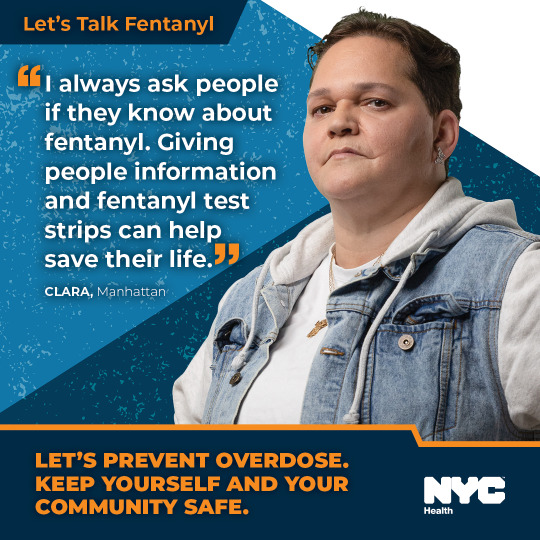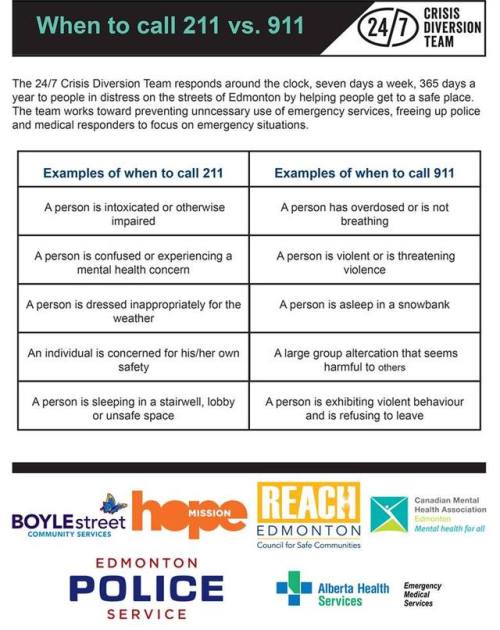#opioid crisis
friendly reminder that opioids aren’t some profoundly dangerous thing. you’re literally ok to get them for surgery, procedures, etc. You won’t die if you take an extra one. Don’t deprive yourself of pain relief because of paranoid hysteria.
(the addiction rate is also very, very low)
I agree with the above post, but please exercise some caution with them. Even though the addiction rate is low, there still is a rate, so just stick with what youre prescribed and stick to recommended dose
Of course, always exercise caution when taking more than prescribed (I firmly reject the notion that that is in and of itself a key indicator of addiction, I’m a sentient human being who knows there is a tangible effect with my pain medicine and have transient pain that can’t just follow verbatim instructions) but in general people do not have to endure suffering because they’re aggressively paranoid about addiction.
The strongest risk factors for addiction are preexisting mental health conditions but especially prior substance misuse (well, abuse, but that term is less preferred because it’s stigmatizing but I think it explains the idea better — misuse to the point of acute harm) and socioeconomic determinants of health that reinforce drug use as a coping mechanism. Dose, duration, specific opioid are all much less predictive of addictive risk.
An overwhelming majority of “accidental addicts” actually weren’t all that accidental.
And as far as the most extreme outcome, fatal overdose, that’s just simply not likely unless you’re being ultra silly. The LD50 of morphine is estimated to be about 150-250mg. That is equal to about 30-50 standard (5mg) Vicodin (1.0x conversion factor for hydrocodone) or 10-17 highest strength (10mg) Percocet (1.5x conversion for oxycodone).
[HARM REDUCTION] And please god if you are going to enjoy a recreational dose of them (no judgement here) please avoid concomitant use of alcohol and/or benzodiazepines. Potentiation gets people killed if you underestimate it. Neither is likely to kill you by themselves without a very irresponsibly large dose, but together the risk profile grows dramtically. If using multiple CNS depressants, cut all doses. Obvious harm reduction recommendations of start low, go slow also apply.

Do you know aboutfentanyl? Fentanyl is a powerful opioid that has been found in heroin, cocaine, crack, methamphetamine, ketamine and pills from nonmedical sources. Anyone who uses drugs that may contain fentanyl, even occasionally, may be at risk of overdose.
The presence of fentanyl in the New York City drug supply has dramatically increased the number of overdose deaths, and fentanyl is now the most common drug involved in overdose deaths. In 2020, 1,580 New Yorkers died from a fentanyl-involved overdose.
To prevent an overdose:
Avoid using alone and take turns.
Start with a small dose and go slowly.
Keepnaloxone ready and on hand. Call 311 to find out where to get naloxone at no cost.
Avoid mixing drugs.
Test your drugs using fentanyl test strips
As a pain specialist, I may have caused more harm by underprescribing opioids
A reporter recently asked me about what harm I may have caused as a pain management physician who prescribes opioids. As I reflected on my last 10 years in this field, my response was that the harms I may have caused were because I underprescribed these drugs, not overprescribed them.
I thought of a 25-year-old patient, I’ll call him John, whose sciatic nerve was crushed in a motor vehicle accident, causing excruciating pain in his leg. We knew this would be a life-long injury, and that he would likely have to live with chronic pain. We tried everything I could think of — nerve medications, mindfulness techniques, desensitization, rehabilitation techniques, cognitive therapy, nerve blocks, and spinal cord stimulation — except opioids. John continued to suffer immensely from the debilitating pain, and eventually died by suicide.
Did he die because I undertreated his pain due to my own fear of prescribing chronic, potentially high-dose opioids in a young patient? I cannot know, but I worry and fear that this may be true.
In 2016, the Centers for Disease Control and Prevention published prescribing guidelines for opioids. Though intended to encourage best practices in opioid prescribing, these guidelines fueled providers’ fears of opioids and led to many clinicians abandoning patients who relied on opioids for pain relief. Although even pain specialists like me share fears and doubts about what role these medications play in managing chronic pain, so-called legacy patients are not the same as those who have never taken opioids before, as a colleague and I explained in The New England Journal of Medicine. (Read more at link)
This is a really smart idea - raising awareness of the proper use of 911 is essential in order to reduce wait times for those in need by avoiding unnecessary interventions that do not require first responders.
Post link
“when we are gentle with others, we also learn to be more gentle with ourselves.”
new year, same commitment.
♥


